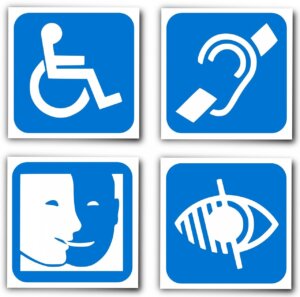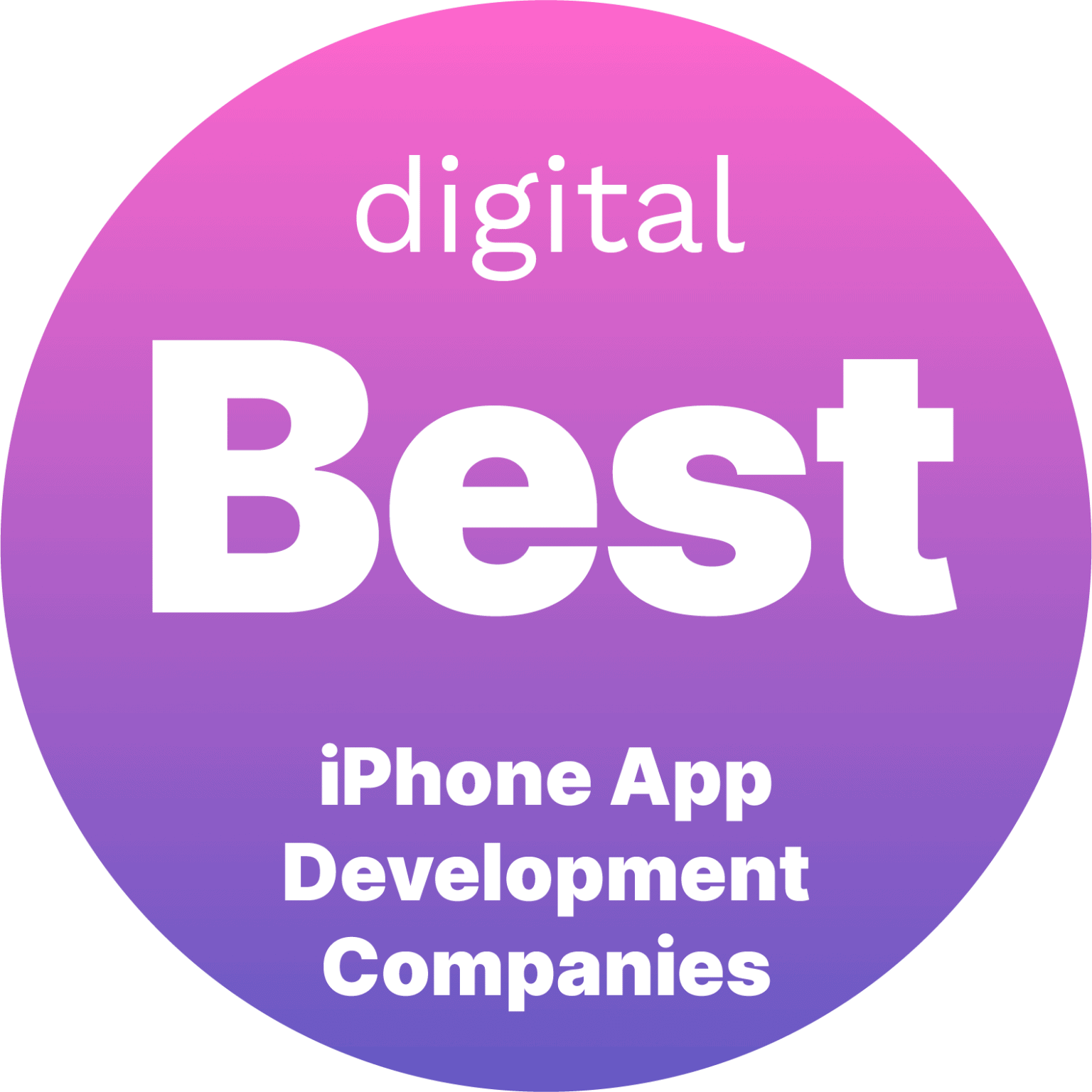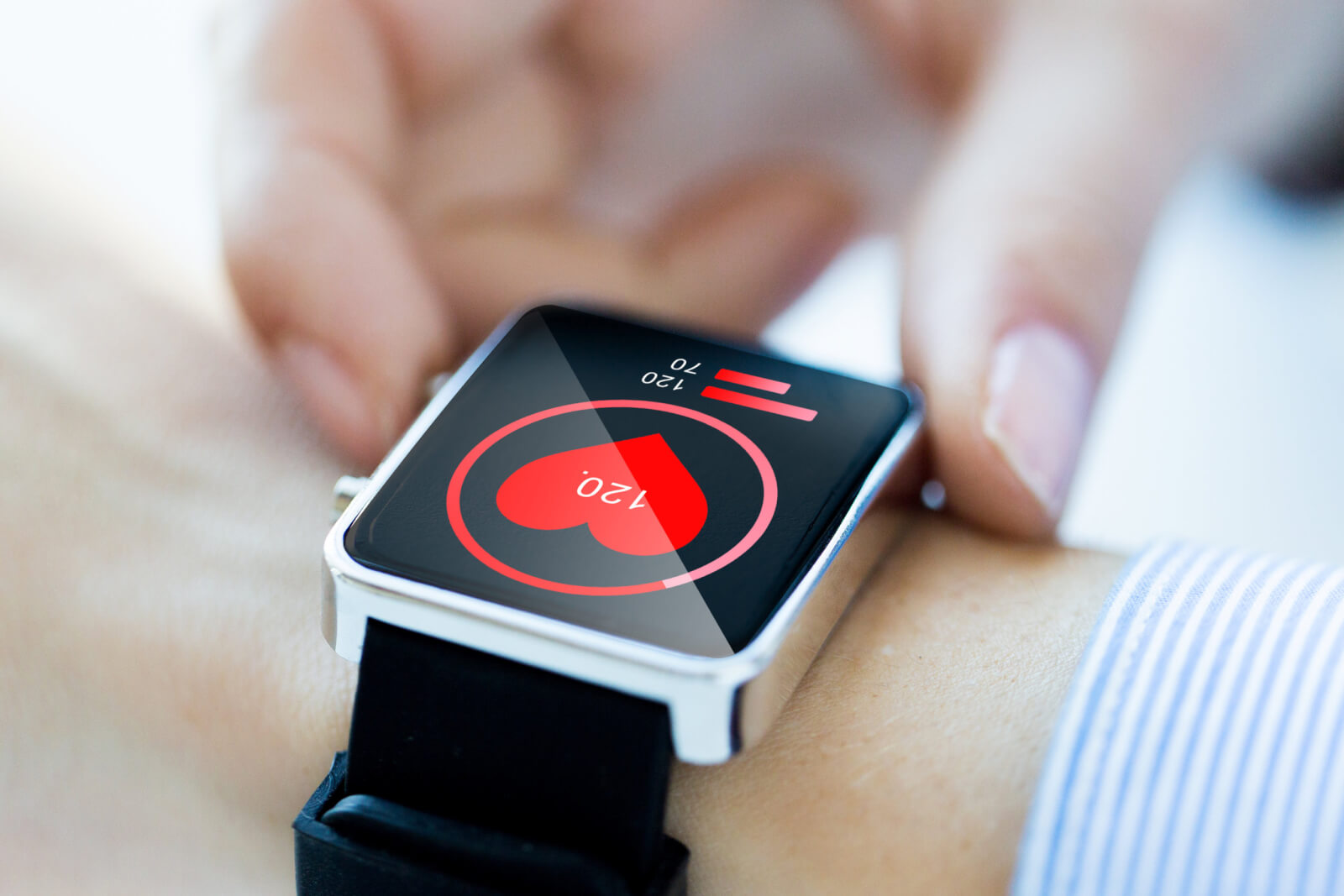After reading this article, you’ll:
- Gain an understanding of why mobile app accessibility is important, both from an ethical perspective of providing equal access and the business benefits of expanding market reach, improving user experience, and enhancing brand reputation.
- Learn about key accessibility features to implement in mobile apps, such as screen reader and voice assistant compatibility, captions and transcripts for media, appropriately sized touch targets, sufficient color contrast, and adjustable text.
- Discover best practices for incorporating accessibility throughout the app design and development process, including following inclusive design principles, adhering to accessibility guidelines in coding, and conducting thorough accessibility testing with disabled users.

Mobile apps have become an integral part of everyday life for many people. However, people with disabilities often face challenges in using mobile apps due to accessibility barriers. Accessibility refers to the design of apps and websites that allow people with disabilities to perceive, understand, navigate, interact with, and contribute to digital interfaces.
Making mobile apps accessible benefits people with a wide range of disabilities, including visual, motor, hearing, and cognitive impairments. When apps meet accessibility standards, they allow disabled users to access information and services more independently.
Building inclusive mobile apps is not only an ethical obligation but also makes good business sense. 71% of users with disabilities report they will simply leave a website that is not accessible. And there is a large market opportunity, with over 1 billion people globally having disabilities.
By taking accessibility into account from the initial stages of design and development, companies can create mobile apps that work for all users. Inclusive design leads to better user experiences and allows businesses to reach a larger customer base. There is also the benefit of avoiding potential legal issues related to disability discrimination claims. Overall, ensuring mobile app accessibility should be a priority for any organization.
Understanding Accessibility in Mobile Apps
 Accessibility refers to the inclusive design of mobile apps that allows them to be perceivable, operable, and understandable by people with disabilities. It enables those with visual, motor, hearing, or cognitive impairments to effectively use mobile apps.
Accessibility refers to the inclusive design of mobile apps that allows them to be perceivable, operable, and understandable by people with disabilities. It enables those with visual, motor, hearing, or cognitive impairments to effectively use mobile apps.
Some common accessibility features in mobile apps include:
- Voice control (e.g. Siri) and screen readers (e.g. VoiceOver) for blind or low vision users
- Captions and transcripts for audio and video content to support deaf and hard of hearing users
- High contrast color modes, adjustable text size, and screen magnification for visually impaired
- Support for switch access and assistive technologies for motor impaired users
There are legal ethical obligations to ensure accessibility under laws like the Americans with Disabilities Act (ADA) and Section 508 in the US, and the Equality Act in the UK. These laws prohibit discrimination and require equal access to information and services for those with disabilities.
The Web Content Accessibility Guidelines (WCAG) 2.2 provide international standards and success criteria for accessible design best practices. Meeting the AA or AAA level of conformance to these guidelines is recommended.
Beyond legal requirements, inclusive design is an ethical obligation to allow equal access and opportunity to people with disabilities. There is also a strong business case, as accessible mobile apps lead to better overall user experiences and enable companies to serve customers they may have excluded.
Business Case for Accessibility
There are compelling reasons from a business perspective to ensure mobile apps are accessible. This includes expanding market reach, enhancing user experience for all, and improving brand reputation.
Expanding Market Reach
There is a large audience to be gained by accessible mobile apps. Over 1 billion people globally have disabilities, and 72% of people with disabilities own smartphones. Captions, voice control, and other accessibility features allow apps to appeal to users with vision, hearing, motor or cognitive impairments.
For example, ride sharing apps that allow ordering through voice commands have seen increased usage by blind customers. Video streaming apps with captioning gain signups from deaf users. Adjustable text size makes apps friendlier for aging populations with visual decline.
Improving User Experience
Accessibility features don’t just benefit users with disabilities. Closed captions benefit users watching videos in loud places. Key shortcuts speed up interactions for all users. Simple layouts and clear navigation assist users with cognitive limitations but also enhance usability for everyone.
Leading apps like WhatsApp, Skype, and Twitter have seen increased engagement after adding accessibility-motivated updates like dark mode, reduced motion, and screen reader support.
Brand Reputation and Loyalty
When companies visibly commit to accessibility and inclusive design, they build trust and loyalty with customers. Customers with disabilities say they will spend more on brands that offer good accessibility. They also provide higher customer satisfaction ratings to accessible apps.
On the other hand, inaccessible apps lead to loss of reputation, legal issues, and exclusion of potential customers with disabilities. Prioritizing accessibility demonstrates corporate social responsibility.
Key Accessibility Features
 There are some vital accessibility features that should be considered when designing and developing mobile apps. These help ensure apps are usable and provide equal access for people with disabilities.
There are some vital accessibility features that should be considered when designing and developing mobile apps. These help ensure apps are usable and provide equal access for people with disabilities.
Screen Readers and Voice Assistants
Screen readers are software that convey visual information audibly for people who are blind or have low vision. Voice assistants similarly provide speech input and output capabilities. Common examples include VoiceOver on iOS and TalkBack on Android. They allow blind users to navigate apps and read screen content.
Captioning and Transcripts
Captions display text versions of audio content on videos and other media. Transcripts take this further by providing text descriptions of audio-visual content. Both are critically important for deaf and hard of hearing users. Captioning can be implemented via speech recognition software or manual translations.
Touch Target Size and Spacing
For users with motor disabilities, having appropriately sized and spaced tappable elements is necessary. Apple and Google’s mobile accessibility guidelines recommend touch targets at least 48 CSS pixels high, with spacing of 8 pixels between targets. This ensures accurate tapping with fingers or styluses.
Color Contrast and Text Size
Sufficient color contrast between text and backgrounds, along with adjustable text size settings, benefits users with low vision and other visual impairments. Contrast ratios of at least 4.5:1 are recommended by accessibility standards. Automated tools and color contrast checkers should be used in design and testing.
Benefits of Implementing Accessibility Features
There are many advantages to building accessibility features into mobile apps, beyond the ethical necessity of inclusivity. Investing in accessibility provides benefits in terms of better overall user experience, increased engagement and retention, spurring innovation, and future-proofing apps.
Improved user experience for all users
Accessibility features don’t just assist users with disabilities. Closed captions help people watch videos in noisy environments. Larger default text helps those with mild visual impairments. Simple layouts and navigation assist users with cognitive limitations. Accessibility improvements make apps more usable and practical for everyone.
Increased user engagement and retention
By supporting the needs of people with disabilities, apps see better engagement metrics. Accessible apps have a higher app retention rate compared to inaccessible apps. They also gain higher customer satisfaction scores. Meeting accessibility standards leads to apps that perform better for all target user groups.
Potential for innovation and unique features
Building accessibility can spur development teams to come up with innovative features that give apps a competitive edge. For example, apps with voice control and automation effectively address visual impairment needs while also enabling hands-free convenience that appeals to wider audiences.
Future-proofing your app
Populations across the world are aging and disability rates are expected to rise. Creating apps inclusive of people with disabilities ensures that apps cater to audiences of today and tomorrow. It also guards against the risk of future litigation. Embedding accessibility protects the longevity of mobile apps.
Implementing Accessibility Features in Your Mobile App
There are concrete steps mobile app teams can take to bake accessibility into their design, development, and testing processes. This ensures apps provide an inclusive experience for people with disabilities from launch.
Designing for Accessibility
Inclusive design principles should guide the design process from the beginning. Some best practices include:
- Offering flexibility in navigation methods
- Allowing text size adjustment and color contrast options
- Designing clear visual hierarchies and layouts
- Writing simple, descriptive text labels and messages
- Mocking up with accessibility features activated
Development Best Practices
Developers have a crucial role in building accessibility at a technical level:
- Use semantic HTML elements and WAI-ARIA roles for screen readers
- Add captions and transcripts for media elements
- Support OS accessibility APIs and animation reductions
- Incorporate sufficient color contrast and touch target spacing
- Integrate accessibility testing tools and linters in code
Testing and Iteration
Apps should be continually tested with end users with disabilities, and their feedback used to drive improvements via regular iteration cycles. Testing accessibility early and often is vital.
Some key aspects:
- Manual testing with screen readers, switches, and other assistive devices
- Automated accessibility scanning and validators
- User research sessions with people having different disabilities
- Soliciting reviews from accessibility advocacy groups
This comprehensive approach helps ingrain accessibility practices across design, engineering, and product teams.
Frequently Asked Questions (FAQs) on Accessibility Features in Mobile Apps
What is mobile app accessibility?
Mobile app accessibility refers to the inclusive design and development of mobile applications that allows people with disabilities, including visual, auditory, motor, and cognitive impairments, to perceive, understand, navigate, and interact with the app’s features and content.
Why is accessibility important for mobile apps?
Accessibility is important for mobile apps because it ensures equal access to information and services for people with disabilities. It is an ethical obligation, and there are also legal requirements under laws like the Americans with Disabilities Act (ADA). Additionally, accessible apps can expand market reach, improve user experience for all users, and enhance brand reputation.
What are some key accessibility features to consider when developing mobile apps?
Key accessibility features include: screen readers and voice assistants for blind or low vision users, captions and transcripts for audio and video content to support deaf and hard of hearing users, appropriately sized touch targets and spacing for motor impaired users, and sufficient color contrast and adjustable text size for visually impaired users.
How can accessibility be incorporated into the mobile app design and development process?
Accessibility should be considered from the early stages of design and development. This includes following inclusive design principles, such as offering flexibility in navigation methods and designing clear visual hierarchies. Developers should use semantic HTML, support OS accessibility APIs, and integrate accessibility testing tools. Regular testing with users with disabilities and iterating based on their feedback is also crucial.
What are the business benefits of developing accessible mobile apps?
Developing accessible mobile apps can bring several business benefits, such as expanding market reach to the over 1 billion people worldwide with disabilities, improving user experience and engagement for all users, spurring innovation and unique features that give a competitive edge, and future-proofing the app for an aging population and potential legal requirements.





